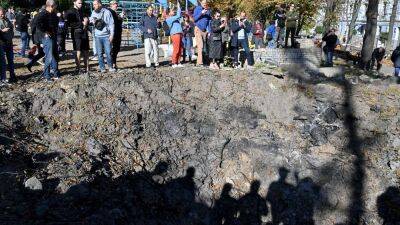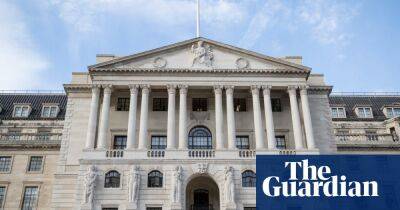UK pay growth lags behind inflation as cost of living crisis bites
Pay growth failed to keep pace with rising prices in July despite a jump in average wages, according to official data that showed the cost of living crisis continued to affect millions of households throughout the summer.
Average pay including bonuses rose by 5.5% in the three months to July while regular pay (excluding bonuses) increased by 5.2%, up from 4.7% in June.
Workers continued to be hardest hit in the public sector, where regular pay grew by 2%, compared with 6% in the private sector. Annual inflation was 10.1% in July, the highest level in 40 years.
The growth in wages came against a backdrop of falling unemployment, which declined to its lowest level since 1974, but the trend for wages to trail inflation was maintained.
According to the Office for National Statistics, wages adjusted for inflation fell by 2.6% including bonuses and by 2.8% excluding bonuses.
The fall in unemployment provided a bright spot after the headline rate declined from 3.8% to 3.6% in the three months to July.
Analysts also said the drop in unemployment could partly be explained by a rise in the number of workers classified as long-term sick.
James Smith, an economist at ING, said: “Alarmingly, the number of people classifying as not working due to long-term sickness is up by almost 400,000 since late 2019, and almost 150,000 in the last two months’ worth of data alone.
“It’s hard to escape the conclusion that this is linked to the pressures in the NHS.”
Others said it appeared that workers made redundant during the pandemic were beginning to fill posts that have been vacant, after the vacancy rate dropped back from record highs.
However, the employment rate fell after a strong decline in the number of people doing part-time work offset a rise
Read more on theguardian.com

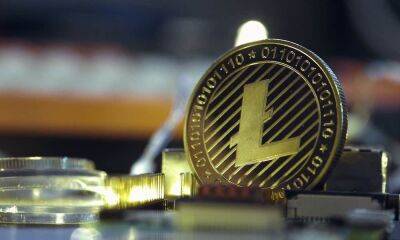
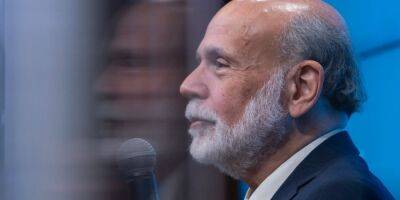
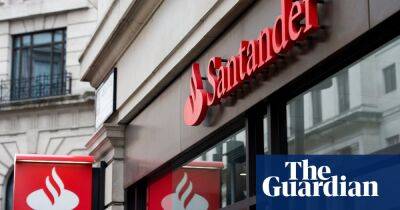
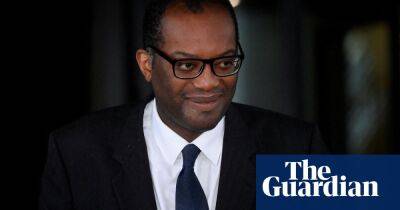


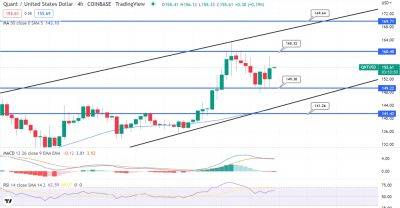

![With Bitcoin [BTC] near its range lows again, here’s what’s next](https://finance-news.co/storage/thumbs_400/img/2022/10/11/44348_rsq.jpg)

